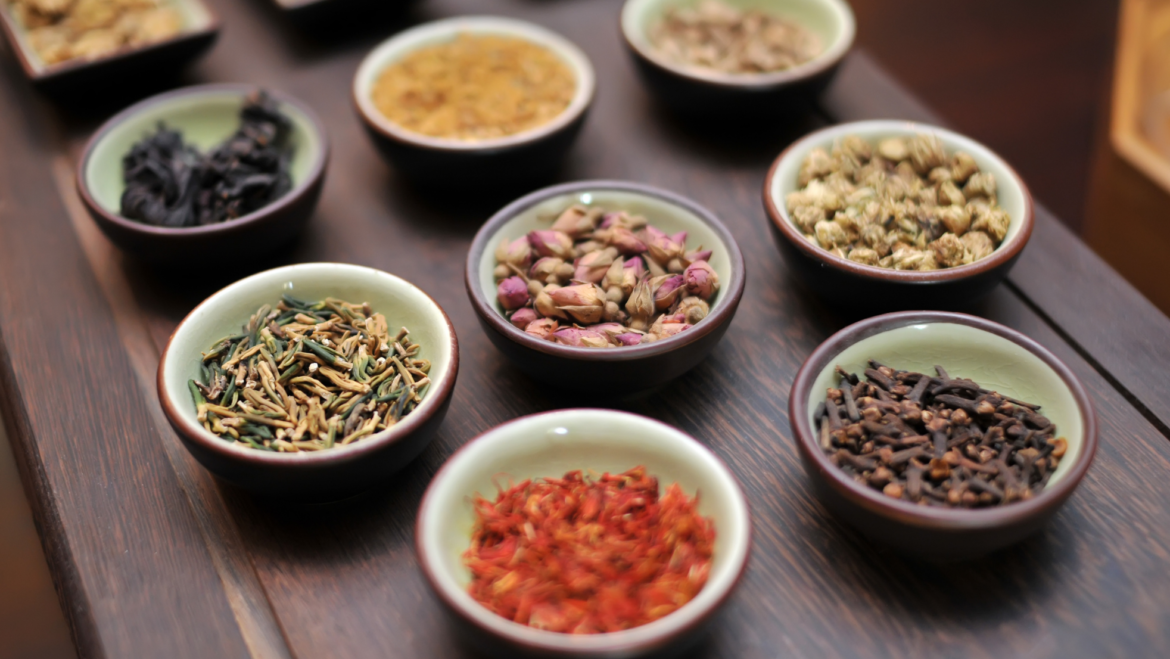On a lazy weekend, it is quite enjoyable to eat slices of crispy Pecking Duck slices rolled with spring onion, cucumber and sweet bean sauce in pancakes. Gathering to eat Dim Sum is also a good option to celebrate family time. Try Shrimp Dumplings, Xiao long bao, and spring roll to satisfy your taste buds. You may have noticed that every restaurant would claim the cuisines they served are authentic Chinese food. However, there is no such thing as “Chinese” cuisine.
No exaggeration. Each province of China has its culinary system. In general, the state’s cuisine is divided into 8 categories. Each of them is named after the province name.
Shandong cuisine (lu cai 鲁菜)
The location of Shandong province is seen as the origins of Chinese culinary culture, which provides cuisines for the royal family as well. Scallops and all kinds of fish are usual materials, heavy in soy sauce and seasonings when cooked. The populace is crazy about raw green onions with pancakes, wheat-based pieces of bread and baozi, a steamed dumpling with mince fillings. Sweet and sour yellow river carp is one of the representative dishes.
Sichuan cuisine (chuan cai 川菜)
Chili is the soul of Sichuan cuisine. Local people use the “hot and dryness” of the spicy condiments to fight with the “wetness” the foggy weather brings. This area is located in a basin which is heaven for peppers and hot chili growth. With those seasonings, local people created Mala flavors combing the feel of numbing and spicy. The flavor is widely adopted in Hotpot, spicy fried chicken, and spiced fish stew, etc. Many foreigners cannot feel the existence of their tongues after giving it a shot. In front of Sichuan peppers, Maggi chili sauce sold in Jumbo pales.
Jiangsu cuisine (su cai 苏菜)
Jiangsu cuisine is always associated with the word “elite”. Elites are a group of people who are well-educated and polite. You seldom hear the emotional or rude behaviors from them. So does the Jiangsu cuisine. Without heavy flavors such as salty and spicy, those dishes are not only delicate and light-flavored but also highlighting textures of the main ingredients. The style is associated with the history of the provincial capital—Nanjing. The city was the capital of China for hundreds of years and had a long history of serving state banquets and foreign ambassadors.
Cantonese cuisine (yue cai 粤菜)
Cantonese cuisine is the most common style in various restaurants in the Netherlands Chinatown. Dim Sum is the first choice for most Dutch people who would like to have an exotic touch. Dim Sum means a wide collection of small dishes, including dumplings with various fillings Toufu dessert, shrimp congee, egg tart with a light yellow glow, fried rice noodle steamed vermicelli roll. Similar to Jiangsu cuisine, Cantonese dishes avoid too many condiments and pursue high-quality soy sauce and wine to cook
Fujian cuisine (min cai 闽菜)
Due to the coastline and mountainous inland terrain, Fujian cuisine is rich in seafood. 8 dialects cause the North and the South cannot understand each other. Flavors are also distinct. The north prefers sweet and sour, while the south likes sweet and spicy. The famous Sha Xian street food which is popular all across China. It is interesting that all the operators of the street food stand are from the same village Sha Xian. The restaurants share the same recipe and similar decoration. It feels like they are chain stores (actually not).
Hunan cuisine (xiang cai 湘菜)
Hunan, the hometown of Chairman Mao. “No chili No evolution.” Mr. Mao said. A famous cuisine Mao’s red braised pork, five-layer pork steamed with soy sauce, is from Hunan. Different from the dry chili from Sichuan, Hunanese is fond of Fresh and pickled chili. Sichuan chili makes your lips hot, but Hunan chili spread the fire from mouth to stomach. The overwhelming and lingering taste sensation is the spice from chilies
Anhui cuisine (hui cai 徽菜)
As the neighbor of Jiangsu, Anhui cuisine is also well-known for delicacy and sweet flavors. Spice is also an essential part of the food. Surrounded by mountains from four sides, seafood is as pricy as gold. Thus, mushrooms, bamboo shoots, wild vegetables are the main ingredients. Anhui people are proud of the freshness of raw materials.
Zhejiang cuisine (zhe cai 浙菜)
Because of its mild climate and the location near Yangtze River, Zhejiang province is rich in tea, fish, and rice which is honored as the land of fish and rice. Precious ingredients such as abalone are also abundant. Local citizens have the habit of eating seasonal food such as enjoying bamboo in spring, lotus root in summer. They are picky about raw materials and follow the standards of fineness, fresh and tender in selection.


Add Comment